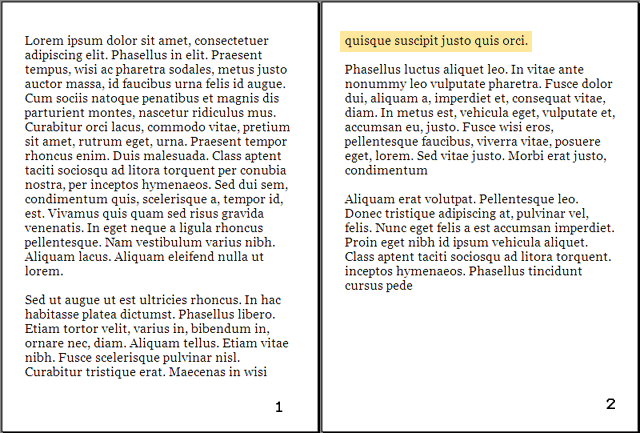formatting poetry in the digital age is an interesting thing that i've only recently started to think of more intentionally since trying to format and print my manuscript, The Weeds Grow Anyway.
in this note, i will detail how you as a poet and perhaps editor or self-publisher can best format your line and stanza breaks with minimal headaches from whatever program you are using, because, as i have just learned, certain habits one may acquire from Obsidian might later become an annoyance in ms word and other apps, and i am interested in detailing why this matters and how you can best format your writing for minimal headaches later, for both you and your editor.
so, let's talk about soft and hard returns.
This post is in progress. For a quick reference, refer to this table
| keys / ms word | use for | markdown | html | |
|---|---|---|---|---|
| hard return | enter | stanza breaks | hit enter twice | p |
| soft return | shift+enter | line breaks | spacebar twice or backslash | br |
what are hard and soft returns and why do they matter
simply put: a hard return is when you're typing and you hit enter. a soft return is when you're typing and you hit shift+enter. both will bring your cursor to the next line, but each will behave differently in editing and coding.
a hard return denotes a new paragraph, and is best to use between stanzas. a soft return denotes a new line within the same paragraph, and is best to use between lines within the same stanza.
if you're like me, you would hit enter between each line, and perhaps hit enter twice between stanzas. and if you're like me, when it came time to format your manuscript, this became a major annoyance.
when you use hard returns for everything, you might run into the following issues:
- inability to limit widows and orphans in manuscript
- "In typesetting, widows and orphans are lines of text that dangle at the beginning and at the end of a block of text, either at the head or at the foot of a page or of a column of text. There is no single standard for which term describes which form of dangling text, thus the terms may be used interchangeably by different sources." - Wikipedia

- "In typesetting, widows and orphans are lines of text that dangle at the beginning and at the end of a block of text, either at the head or at the foot of a page or of a column of text. There is no single standard for which term describes which form of dangling text, thus the terms may be used interchangeably by different sources." - Wikipedia
- extra blank spaces at the start of pages when a stanza ends right at the bottom of the previous page
linebreaks in markdown
in jumping into obsidian, the thing i disliked most was the lack of spacing between paragraphs. i hit enter, and there is no space. but no problem! i can just edit the css. however, in editing the paragraph spacing, nothing was moving. just the spacing between headings.
turns out, in markdown, paragraphs are denoted differently. if you hit enter once, the text following is still within the same paragraph.
to denote a paragraph break in markdown, you add a blank space between your paragraphs. however, this is not the best practice when using something like ms word.
linebreaks in html
The html equivalent of a hard return/paragraph break is <p>, and the html equivalent of a soft return/line break is <br>
linebreaks in ms word
ms word is where my consideration of things like soft and hard returns began. i used ms word to format my manuscript to create a hardcover casebound book - both for my bookmaking portfolio, but also as a tool for visualizing my manuscript as an actual book.
in ms word, i recommend that you create line breaks using soft returns (shift+enter) between lines, and use single paragraph breaks (hit enter once) between stanzas. here's why:
in word, you can change your settings to remove widows and orphans, which are singular lines from paragraphs that, due to a lack of space,
bibliography
Poetry - The Electric Book Template
Created: 2025-08-09T10:45:08.386-06:00
Last Edited: 2025-11-01T12:40:09.939-06:00